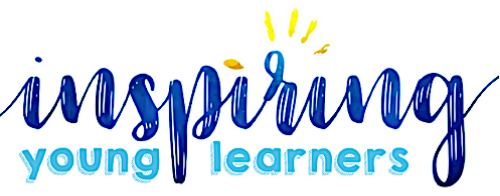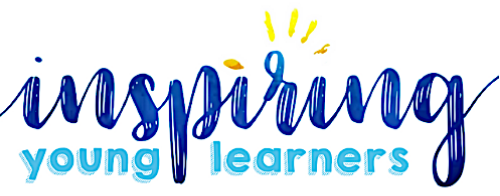
We spend countless hours planning lessons to not just cover content standards, but language standards as well. The juggling act of managing it all is overwhelming and stressful, but we joined this profession to do whatever we can for our students, and so we keep pushing on. The problem I always felt though was “how do I know this is what my student needs?” “How can I be confident I’m not wasting their time and mine and not really helping them move forward?”
These are the thoughts that kept me up at night, until I started incorporating progress monitoring into my monthly activities.
When we don’t have a clear grasp on how our students are doing, we will just teach whatever the curriculum tells us and follow their scope and sequence, even if our students are not following with us. The gaps and needs grow larger and larger, leaving us feeling like a failure. But then I found a way to begin checking in on my students more frequently, which impacted what I taught my students, and in turn brought them greater success.
I know what you are thinking, “that sounds great, but I have no time to do that!” That’s why I have created a digital, streamlined way to check in at the beginning and end of the month to check in and see how your students are doing.
Want me to show you how to set up your own?
First, you need to make sure you are clear what language level your students are at, and what expectations they should be able to complete at this time of the year. I would recommend checking out the ,,WIDA can-do descriptors if you aren’t sure.
Then, you want to create a rubric of what you want to assess for that month. It helps to have a clear idea of your students and goals you want to target and assess.
Here is an example of an 18 question assessment rubric that covers everything from basic listening skills to writing. The purpose is to not overwhelm the students but create a variety of questions that will give you insight into where they have grown, and areas they still need to work on.

You can download this free rubric and student snapshot ,here.
Next, you’ll create an assessment. I recommend to create this digitally so that you can assign it to your students to work on their own. This allows you to get insight without having to find extra time to sit one on one with each student. Some platforms you can use are Google Forms, Nearpod, Google Slides, Boom Cards, Flipgrid and any other platform that allows you to create an assessment. When you are creating the assessment, keep it simple. Find stock photos to use and add in a simple text. If you can add in an audio, I would highly recommend that. It will make sure your students are understanding the assessment, and will remove the language barrier as they are taking the test.
Last, when the students have completed the assessment, use your rubric to check for accuracy. Write down observations of consistent areas your class got questions wrong so that you reteach that area. Create small groups that need different skills to be retaught. Let this rubric and assessment guide your lesson plans. For example, if I noticed that 4 students got most of the listening questions wrong, I would make sure to add in activities to boost their listening comprehension skills.
This might take you some time up front to get the assessment set up, but it will pay big rewards when you actually know where the gaps are each month and allow it to guide your teaching.
And, even better, I have already created monthly progress monitoring assessments for newcomers and intermediate ELLs, so if you don’t want to recreate the work yourself, you can ,,click here and buy the growing bundle for the entire year and be ready to go!




